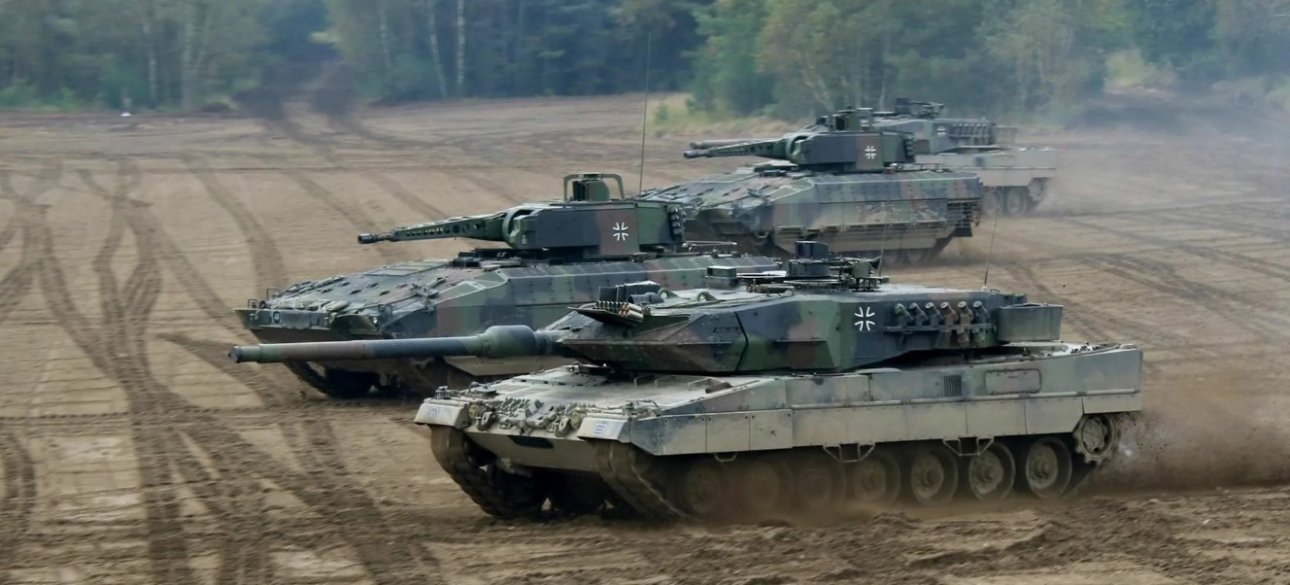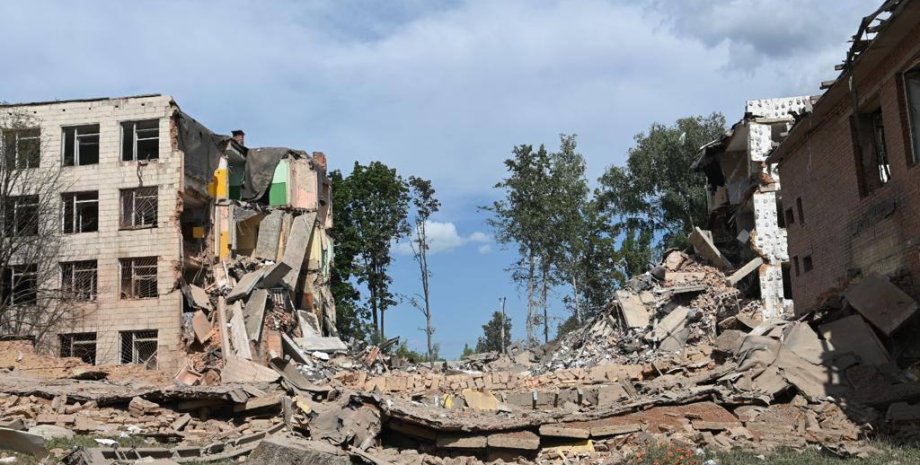
Updated UKRAINE SUPPORT TRAKER Database, supported by the German King Institute of the World Economy, reports that the parties that help Kiev have delivered 471 new tank since the beginning of the war, and 286 have not yet been received, despite the fact that the number of new promises slowed down .
In combination with the calculation of the lost or captured OSINT Group Equipment, which many consider to be cautious in the estimates, these figures indicate that Ukraine's tank park has grown since the beginning of the invasion of last year, while Russia's tank park has doubled. The rupture of the number of artillery and jet fire systems has also decreased, although much less.
Data on tanks, in particular, are consistent with the parliamentary testimony provided by the Chief of Defense Staff Tony Radakin on Tuesday. "Russia has lost almost half of its army's combat capability," Radakin said the Defense Legislative Committee. "Last year, it fired 10 million artillery shells, but at best it can produce 1 million shells a year. It has lost 2500 tanks and at best can produce 200 tanks a year.
" According to Oryx, which captures only losses that can confirm, 2082 Russian tanks have been destroyed, damaged, abandoned or seized since the war in 2022. Moscow initially had 3417 available tanks, according to Military Balance, the annual book of World Armures, published by the International Institute for Strategic Studies (IISS), London Analytical Center.
There are enormous uncertainty around such figures as both parties view their losses as a state secret and there are considerable difficulties in gathering open sources, especially when it comes to the loss of Ukraine, which are less well -registered. There are also no reliable data on the number of backup tanks or artillery systems that Russia has made or withdrew from deep warehouses since the beginning of the war.
However, according to Johann Michel, a specialist in the Land War with IISS, Ukraine seems to have completed the first year of the war with about the same amount of heavy weapons that had at the beginning, despite heavy losses. At the beginning of this year, Michel conducted his own analysis of the available data, making amendments for possible data prejudices. Since then, there have been more losses, deliveries and hobbies of Russian tanks.
However, this cannot be said of Russia, which also has to reserve some of its forces to define other borders of the largest country in the world. Changing the balance of heavy weapons is important, but far from decisive for the current counter -offensive of Ukraine, says Michel. "The problem is that Ukraine needs to return the territory now, so it is on the offensive against well -prepared defense, and this requires a strong advantage," Michel said.
This explains the focus of the Ukrainian forces on the destruction of Russian artillery and ways to ensure before sending the main part of the brigades prepared for the counter -offensive. The General Staff of Ukraine has recently announced the destruction of more than 30 Russian artillery installations. Artillery losses are especially difficult to check as guns are usually far beyond the front line.
The King Institute updated data from February 25 to May 31, establishing that promises for assistance were much lower than in winter, despite some large packages from Germany and the US, with military obligations during this period amounted to 9 billion euros (9 , $ 77 billion). At the same time, the share of financial and humanitarian liabilities has increased, the institute reported.
The report states that the US and European Union member states are slowly fulfilling their weapons: 286 out of 757 tanks and 177 out of 556 155 mm and 152-mm howitzers have not yet been received. These delays can even make some of the tanks being less effective than they should be, since the Ukrainian forces have had to hurry up with training, which was often conducted by various partners in the organization of the North Atlantic Treaty, which have different practice.










All rights reserved IN-Ukraine.info - 2022